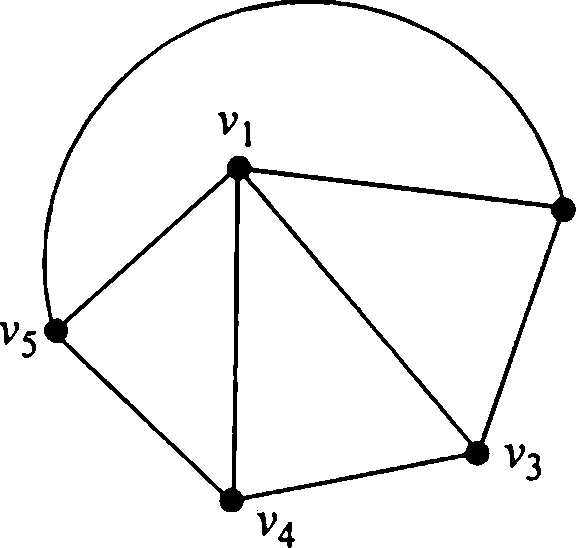Bengal Engineering and Science University 2007 B.E Computer Science and Engineering Mathematics-V - Question Paper
The ques. paper is with the attachment.
Ex/BESUS/ M-501/07
B.E. (CST) Part-Ill 5th Semester Examination, 2007
Time : 3 hours Full Marks : 100
Use separate answerscript for each half.
FIRST HALF (Answer any FIVE questions.)
1. a) Show that the square of any integer is of the form 4n or 4n +1 for some
integer n.
b) If ac s be (mod m) and ged (c, m) = d, then prove that a = b mod
c) For any two integers a and b, a = b (mod m) if and only if a and b leave the same remainder when divided by m. [3+3+4]
2. a) State and prove Fermats Theorem. Using Fermats Theorem show that if p
be a prime and a is any integer then ap s a (mod p)
b) Show that 241 s 3 (mod 23). [7+3]
3. a) Show that the number of pendant vertices in a binary tree is (n + 1 )/2, where
n is the number of vertices in the tree.
b) Prove that the number of internal vertices in a binary tree is one less than the number of pendant vertices.
c) Prove that the number of vertices in a binary tree is always odd. [4+3+3]
4. a) Show that in a simple graph with n number of vertices and k number of
components can have maximum (n-k)(n-k+1 )/2 number of edges.
b) Prove that a circuit free graph with n vertices and (n -1) edges is a tree.
]6+4]
5. a) Prove that every circuit has an even number of edges in common with any
cut-set.
b) Prove that with respect to a given spanning tree T, a chord Cj, that determines a fundamental circuit T occurs in every fundamental cutset associated with the branches in T and in no other. |4+61
6. a) Prove that every tree with two or more vertices is 2-chromatic,
b) Find the chromatic polynomial of the following graph :

c) Prove that a graph of n vertices is a complete graph if and only if its chromatic polynomial is Pn(A.) = X(X-l)(X-2).... (X-n+ 1). [4+3+3]
7. a) Without using truth tables show that
i) R#So(RaS)v(1Ra1S)
ii) 1 (P aQ)->(1PvCIP vQ)o(1P vQ)
b) Obtain a disjunctive normal form of
P -> ((P - Q) a 1 (1Q v 1P)) [6+4]
SECOND HALF fAnswer Q.No.8 and TWO from the rest)
a) Find the condition of convergence and order of convergence of the Fixed-point Iterative method.
b) Evaluate the real root of the equation x2 = sinx correct to four decimal places by Newton-Raphson method. |(5+5)+8]
a) Derive Newtons forward interpolation formula with its error term.
b) The population of a town in the decennial census was as given below. Estimate the population for the year 1895 using Lagranges interpolation formula : Year : x 1891 1901 1911 1921 1931 Population (in thousand): y 46 66 81 93 101
10. a) Derive Simpsons !/3-rd quadrature formula with its error term.
I .
f U X
b) Evaluate I = J --j , correct to 3 decimal places by the Trapezoidal and the
0 1 +x
Simpsons rules with h = 0.125. [(5+5)+(3+3)l
11. a) Derive the second order Runge-Kutta formula and show that the error in this
formula is of order h3.
b) Using the fourth-order R-K method find the value of y(0.2), y(0.4) and y(0.6)
when y(0) = 0 and that = x + y.
dx
Finally find the value of y(0.8) using predictor-corrector method.
12. a) Establish the Finite-difference method for the solution of a following two-
point boundary value problem : y"(x) + f(x) y'(x) + g(x) y (x) = r(x) with boundary conditions y(x0) = a, y(xn) = b.
Using the above method find y(0.5) by considering the equation y"(x) + y(x) + 1=0, with the boundary conditions y(0) = 0, y(l) = 0. (Taking h =
b) Find the solution, to three decimals of the system 83x + lly-4z = 95 7x + 52y + 13z = 104 3x + 8y + 29z = 71
using Gauss-Seidal method. [(7+3)+6)
ircan
|
Attachment: |
| Earning: Approval pending. |
